At the Shum Laka archaeological dig in Cameroon, researchers recently found the skeletal remains of four children.
The DNA was remarkably intact, and its analysis has led scientists to completely rethink present conceptions of early humans within the region. In fact, they believe they have uncovered a new “ghost population.”
Finding DNA in the Desert

It is highly unusual for archaeologists to uncover well-preserved DNA from ancient, fragile human remains, especially in Central Africa. With unforgiving sun and relentless humidity, few bones from the far past have survived. Since Africa is the origin of modern Homo sapiens, our records of early humans have remained spotty.
So, to find any human remains is exciting, but the bones they found are especially interesting as their DNA turned out to be quite different than what archeologists were expecting.
The Story DNA Tells

Researchers have only been able to mostly speculate about ancient human migration and genetics. Still, the piecemeal DNA archaeologists recover from human remains has given us the incredible ability to understand the story of humankind’s prehistory.
It has helped us learn about when we first originated as modern Homo sapiens, where we came from, where we migrated, ancient lifestyles, and much more.
The Emergence of Humankind
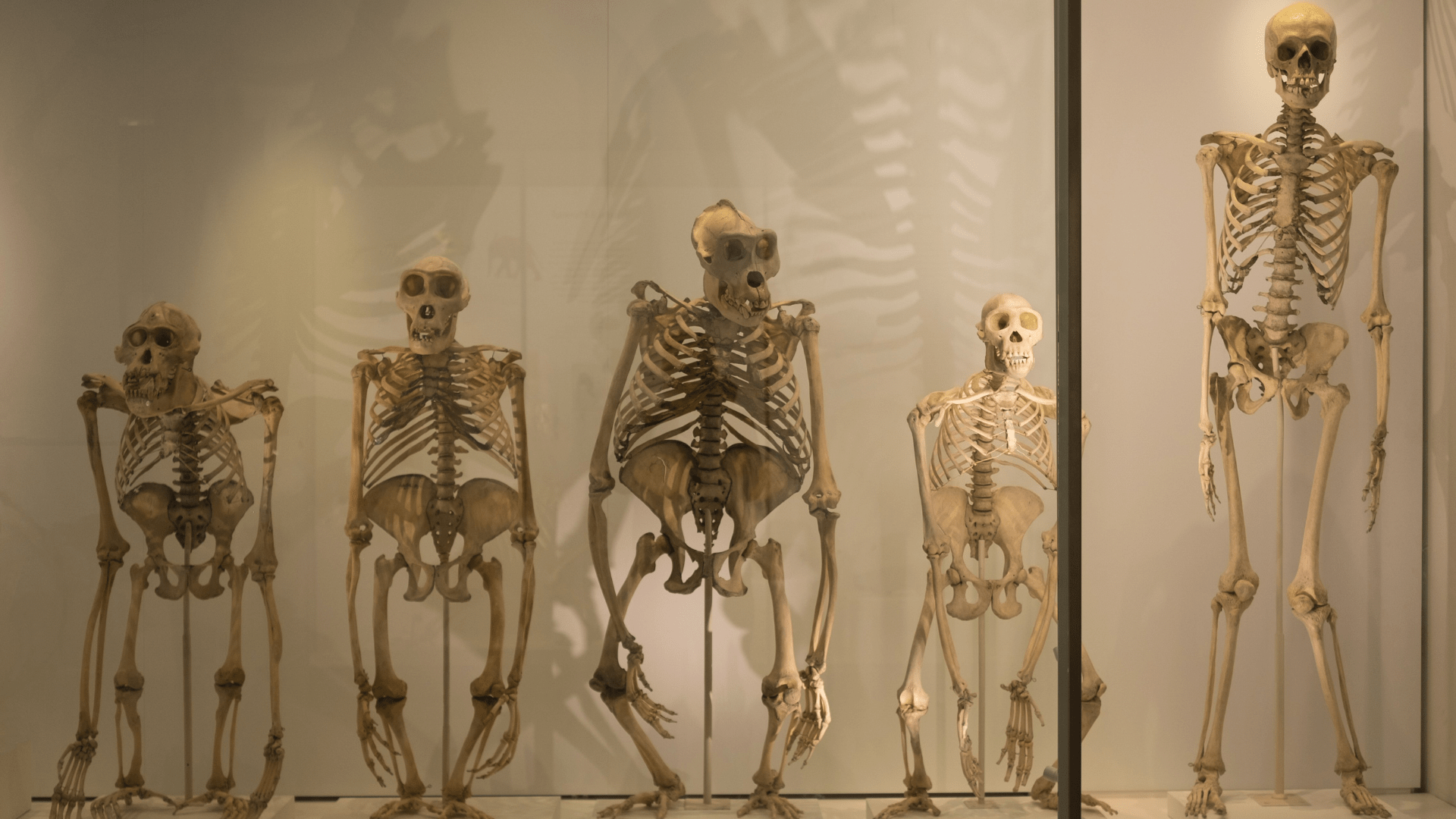
We know from the archaeological and anthropological records that we evolved out of earlier hominids in this cradle of civilization of what we now know to be Africa.
Scientists believe that about 200,000 years ago Homo sapiens really began transitioning into what we think of as modern humans. Advanced tools, linguistic ability, and symbolic thinking all factored into the shift from earlier hominids into modern humans.
The Migrations of Early Humans
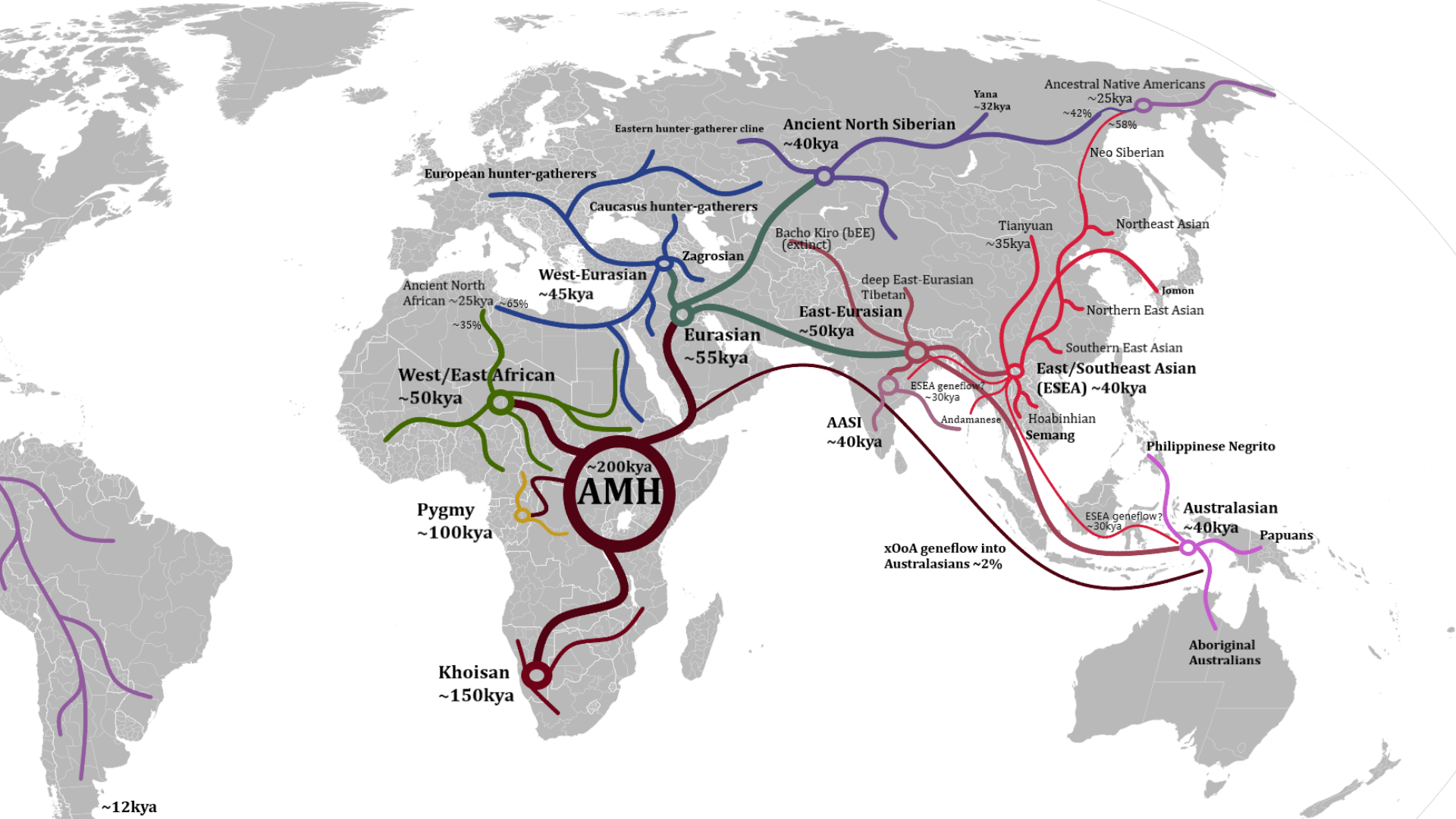
How and why early Homo sapiens migrated and shifted about involves a wide variety of contributing factors, including the development of cultural traits, climate patterns, and language groups.
Over time, Homo sapiens gradually made their way out of Africa and across the entire globe.

As DNA analysis techniques and equipment continue to advance, we have learned more and more about the incredibly colorful story of human migration than ever before.
And every so often, we stumble onto discoveries that cause us to rethink previous models–such as in the case of the ancient bones recently uncovered in Cameroon.
What Are “Ghost Populations”?

Before diving into the most recent findings, it’s essential to understand what archaeologists mean by “ghost population.”
In archaeological and population studies, a “ghost population” refers to a previously missing piece in the story of humankind that can be deduced without direct evidence.
Little to No Records of Ghost Populations Remain
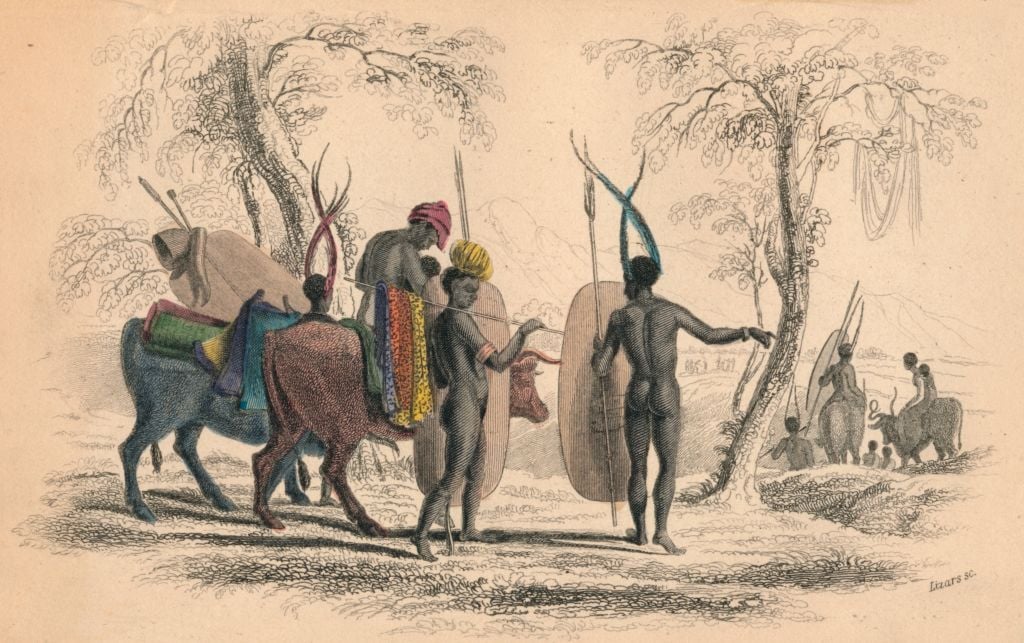
These hypothetical groups appear as missing links after thorough genetic analysis and statistical models show that gaps exist in our knowledge of human prehistory.
Although no artifacts or fossil records remain, we can infer their details of their existence with the evidence we do have from contemporary populations.
Shum Laka Site and the Bantu Language

The Shum Laka archaeological site where the four children’s bones were uncovered is situated in an area known as the Bantu Language Basin.
It is here that the Bantu language–the basis of many African languages–developed among early humans. And where many archaeologists believe many of the first Homo sapiens lived.
Historic Bantu-Speakers
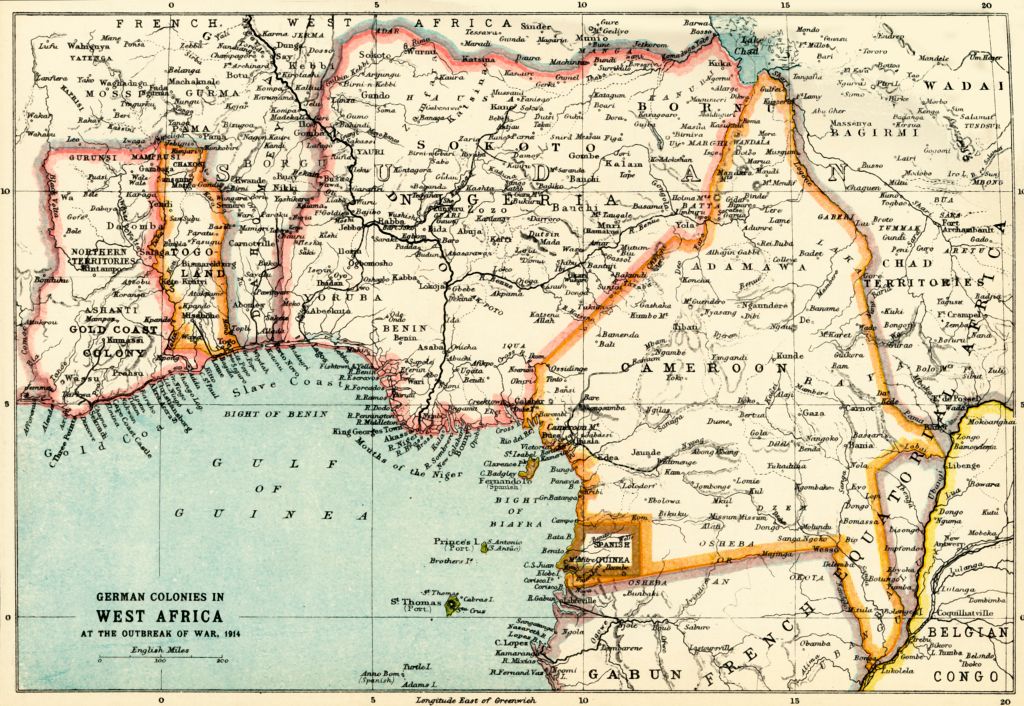
For years, archeologists and historians have assumed that the Bantu-speaking people were the first to live in what is now Nigeria and Camaroon.
And that over an extended period in prehistory, the original Bantu-speaking groups bloomed and spread across central, eastern, and southern Africa.
The Children’s Bones

However, the recently unearthed collection of children’s bones at the Shum Laka dig site says otherwise and has greatly disrupted researchers’ knowledge of the genetic diversity in the area.
And that is because, according to the DNA collected from the four skeletons they found, these children were not the ancient ancestors of the Bantu speakers as the archeologists first assumed.
The Ghosts of Central Africa
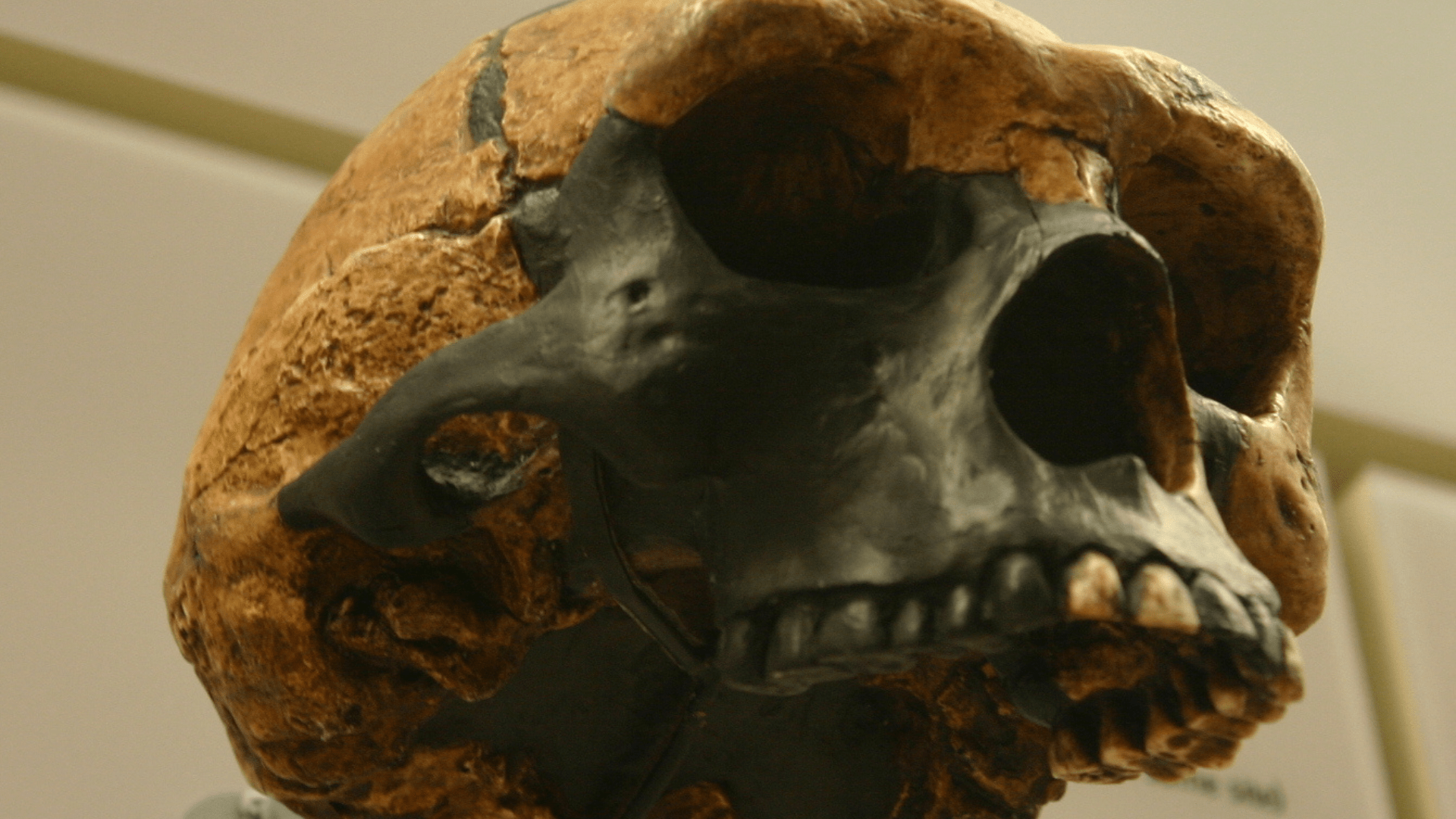
Essentially, the discovery at Shum Laka disrupted the previous understanding of the ancient genetic layout of the region. It has led researchers to believe in the presence of a ghost population.
In pursuit of this missing population, researchers began comparing the newly discovered DNA with the DNA of other populations in the area. Eventually, they were able to find genetic kinsfolk.
Biaka and Aka, Nomadic Pygmies
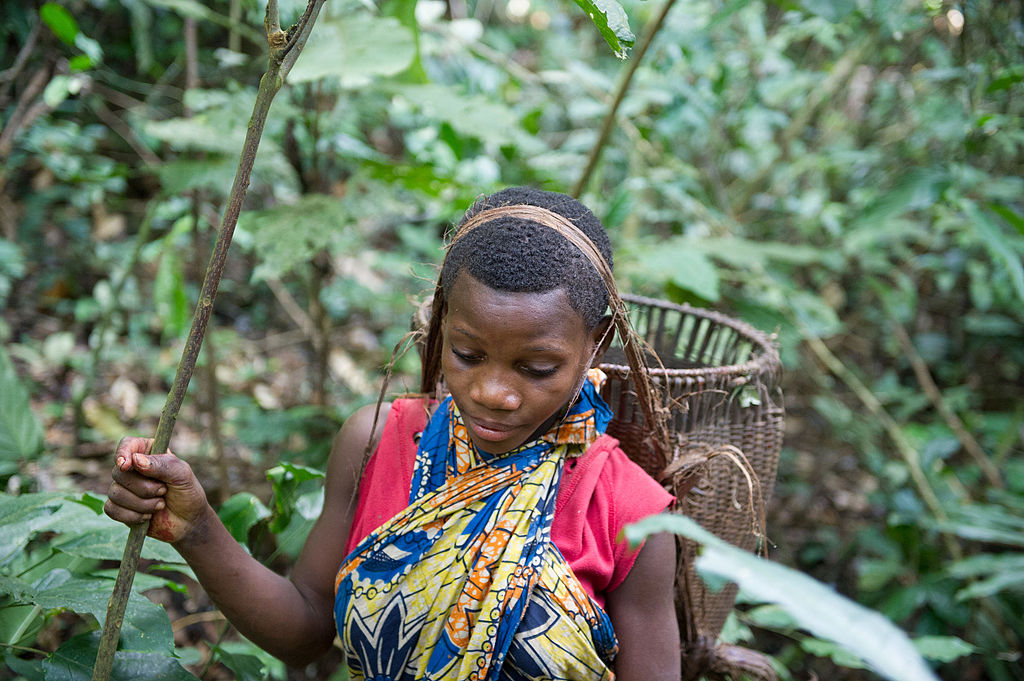
Through the process of the scientists’ comparative efforts, it became clear that the DNA found in the skeletons was a close neighbor of the Biaka and Aka peoples, nomadic pygmy hunter-gatherers of prehistory.
This conclusion was made when a sample of DNA found at Shum Laka was found to carry a rare Y-chromosome genetic marker that can be found in the other ancient skeletons as well as current Baika and Aka populations.
Comparing DNA Samples

Researchers specifically used DNA from a 4,500-year-old sample found in Mota Cave in Ethiopia.
With this DNA, as well as a sample taken from a current member of the Baika and Aka tribe, they were able to deduce that these skeletons are, in fact, their direct ancestors.
The Biaka and Aka Tribes Special Marker

Historians believe that the Biaka and Aka tribes have been living in Central Africa for an incredible 30,000 years, and, amazingly, the same people, with the same marker, still live in the region today.
This marker almost only ever appears in the region surrounding the archeological site, and finding it within the bones of the recently discovered children will certainly change the way historians understand the history of humankind.
Harvard Researchers Weigh in on the Amazing Finding

Mark Lipson, Ph.D., Harvard Department of Human Evolutionary Biology, explained, “This result suggests that Bantu-speakers living in Cameroon and across Africa today do not descend from the population to which the Shum Laka children belonged.”
He continued, “This underscores the ancient genetic diversity in this region and points to a previously unknown population that contributed only small proportions of DNA to present-day African groups.”
A New Theory on Modern Human Lineage

Mark Lipson is also a co-author of the study “Ancient West African foragers in the context of African population,” which described in detail the findings from Shum Laka.
He and his co-authors wrote that due to their research, they now “infer an Africa-wide phylogeny that features widespread admixture and three prominent radiations, including one that gave rise to at least four major lineages deep in the history of modern humans.”
A Far More Diverse Genealogy Than Once Assumed Seems Likely
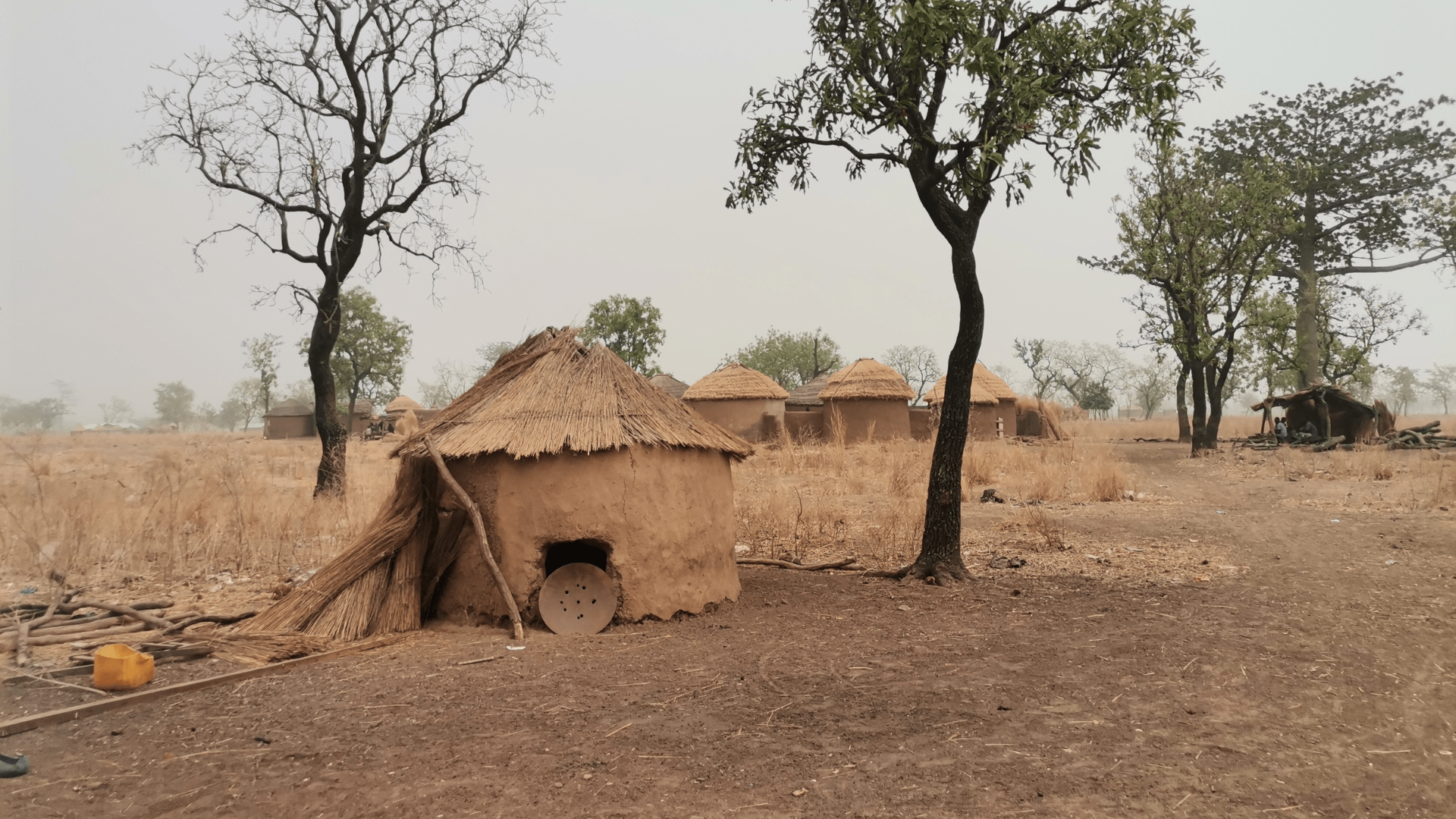
For those who don’t study human evolution, that essentially means that they now believe there were at least four distinct human genealogies in Central and Western Africa.
Unlike modern ancestry, these different peoples could have very distinct evolutionary traits, making them incredibly important in understanding human evolution.
DNA Has “Lifted the Veil” of the Past

David Reich, another co-author of the study, wrote, “These results highlight how the human landscape in Africa just a few thousand years ago was profoundly different from what it is today.”
He continued, “[they] emphasize the power of ancient DNA to lift the veil over the human past that has been cast by recent population movements.”
Hunter-Gatherers May Have Been Around Much Earlier

Due to this incredible new information, the team of archeologists has also produced a new theory regarding the origins of hunter-gatherers.
For decades, historians and academics have believed that hunter-gatherers originated about 200,000 years ago.
Changing the Way We Understand Human Evolution
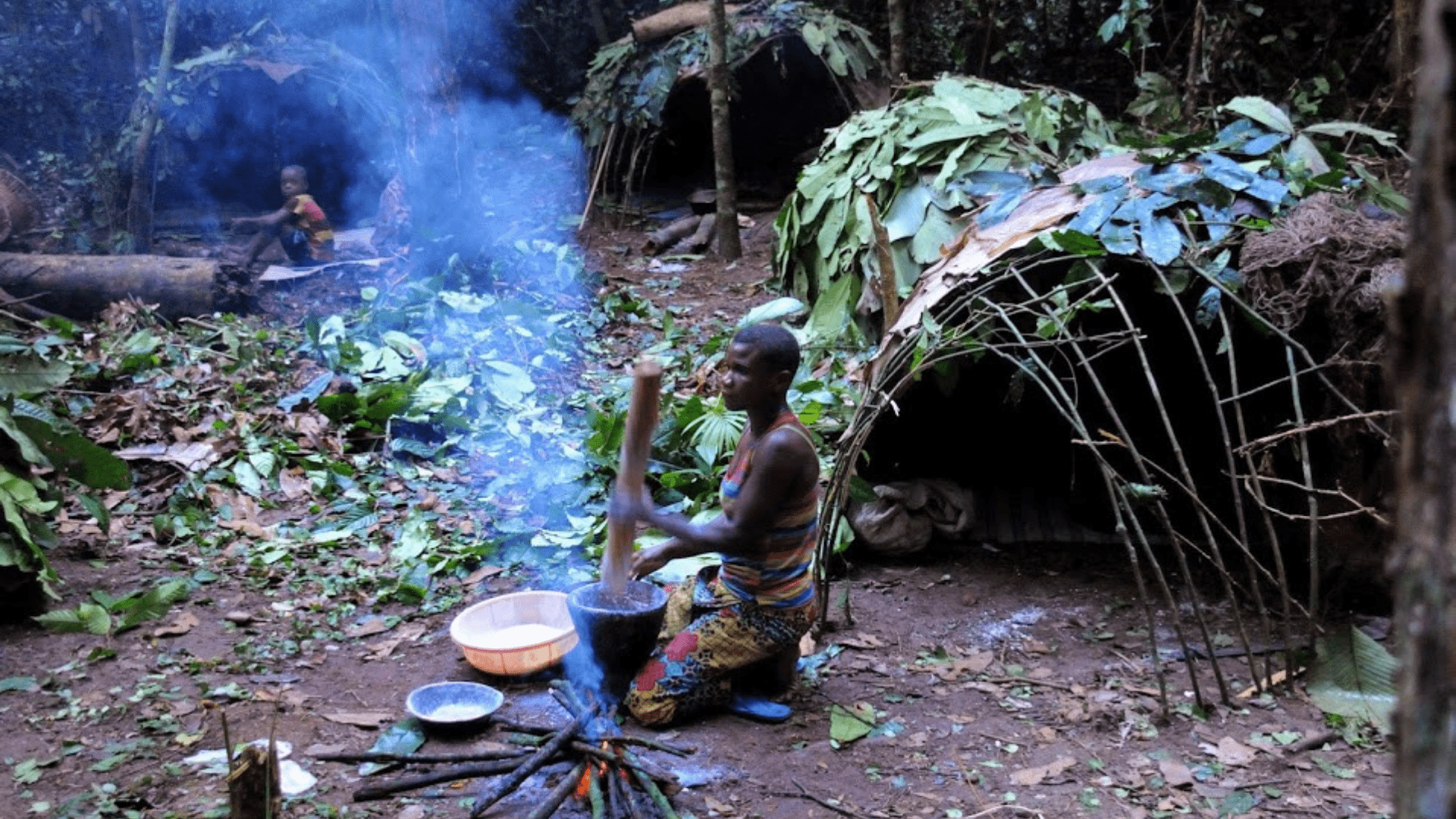
However, they now assume that there were likely hunter-gatherers in what is now Western and Central Africa as many as 250,000 years ago.
And although it may not seem like a large difference, it truly does change the way archeologists understand human evolution.
New Theories Could Become the New Normal
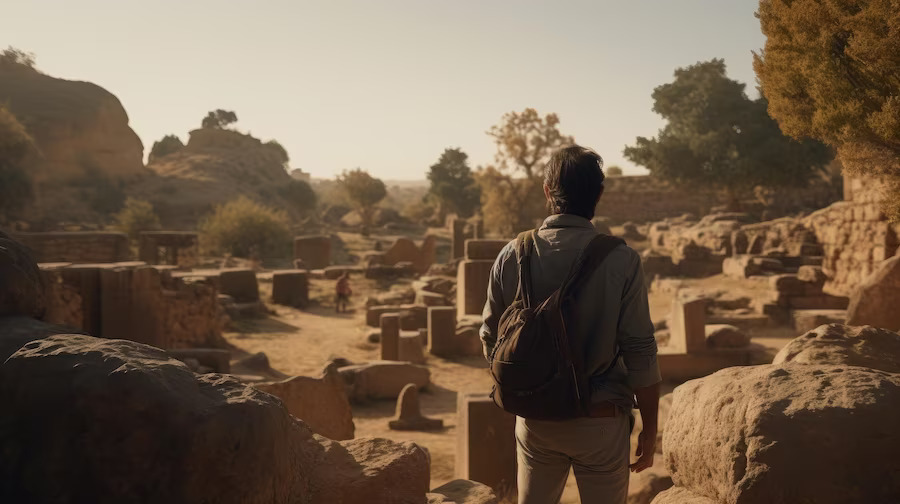
So far, the theories deduced from the Shum Laka dig are just that: theories.
But with some of the world’s most intelligent minds on the job, it’s certainly likely that this information may become the new accepted belief system for academics around the world.
History Becomes Increasingly Complex

Overall, this amazing finding helps drive home the idea that human prehistory is likely far more complex than our current models can account for.
Now, researchers can begin reconstructing a far richer picture of the ancient groups that populated the Bantu Language Basin, as well as humankind as a whole.
Further Studies Needed

Despite all of the excitement over the Shum Laka site finds, other researchers are calling for further excavation and evidence.
Luckily, the future does not seem to be as bleak for ancient DNA recovery in the Shum Laka region. Hopefully scientists will be able to recover more samples and begin constructing a more reliable model with further evidence.
